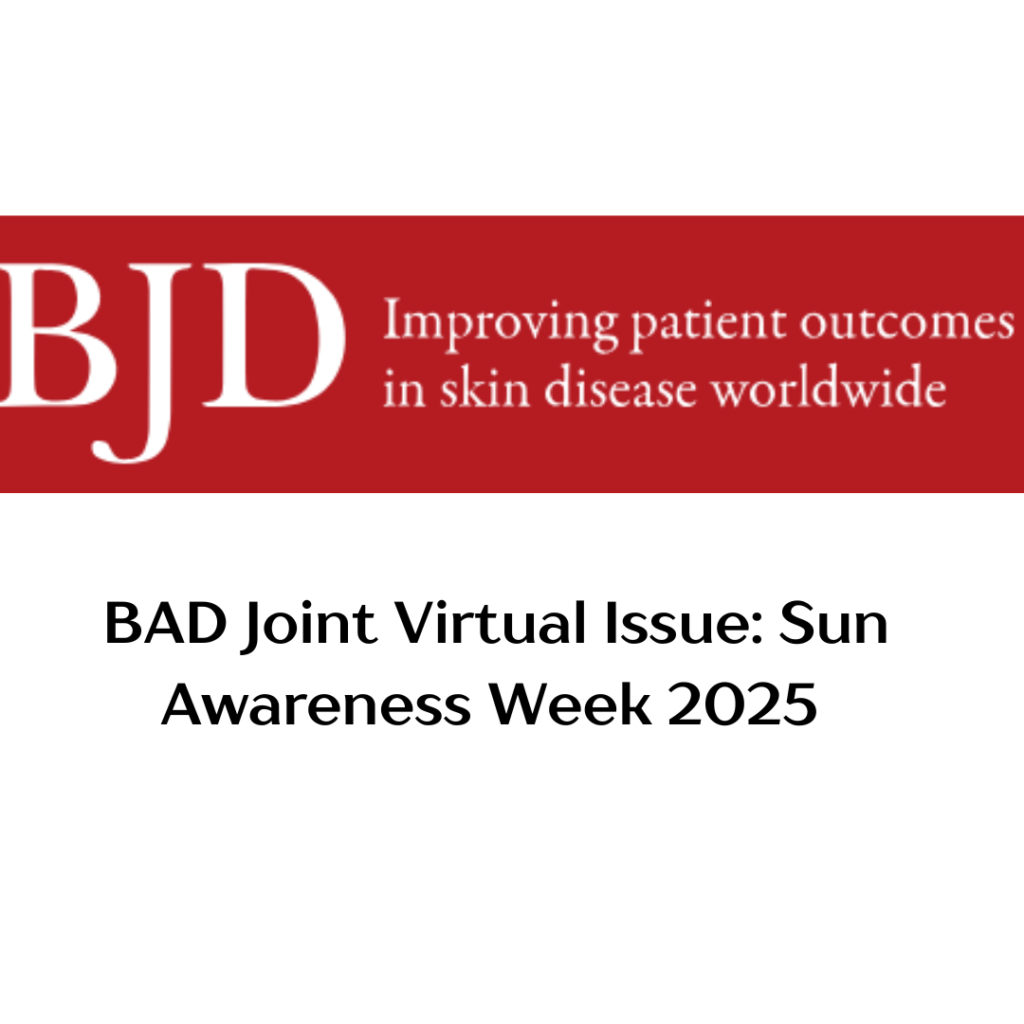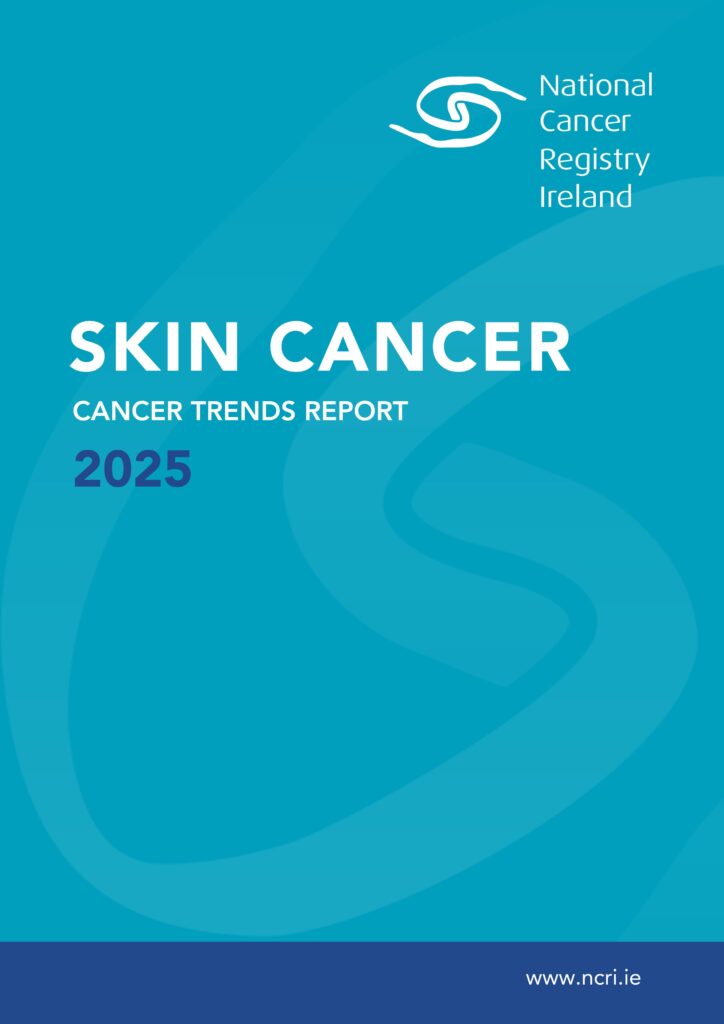The BIOMAP consortium has published a paper in the British Journal of Dermatology studying the associations between people’s physical features, lifestyle and environment with the bacteria living on their skin.
The skin is the largest organ of the human body, carrying out necessary functions to keep us healthy. Some functions include; providing protection from; mechanical damage, harmful microorganisms, environmental irritants and allergens. This multi-tasking organ also, prevents water loss from the body, helps regulate body temperature, and facilitates sensations of heat, cold, pain and touch.
What is the skin microbiota and microbiome?
Despite the skin’s protective actions, there are a wide range of microorganisms such as bacteria, fungi and viruses that live on and slightly beneath the surface of the skin. These microbial communities are described as the “microbiota” and “microbiome”. The microbiota refers to the collection of microorganisms found in a specific environment and the term microbiome refers to the collection of these microbes and their genetic material.
Typically, these diverse communities of microorganisms coexist peacefully on the skin in a commensal (friendly) and mutualist (benefit us) interaction, and play important roles in fighting infection, supporting and educating the immune system. Reported internal and external factors that have been observed to influence the composition and function of the skin microbiota include; genetics, age, gender and skin at different body sites, skin PH, environmental factors such as ultraviolet exposure, and urbanisation of place of residence.
“Many bacteria, mostly harmless or beneficial, live on people’s skin. We know little about what influences these bacteria. Here, we studied the associations between people’s physical features, lifestyle and environment with the bacteria living on their skin.” (Biomap consortium)
If you need guidance or support about managing a skin condition, contact the Irish Skin Foundation’s Ask-a-Nurse Helpline












